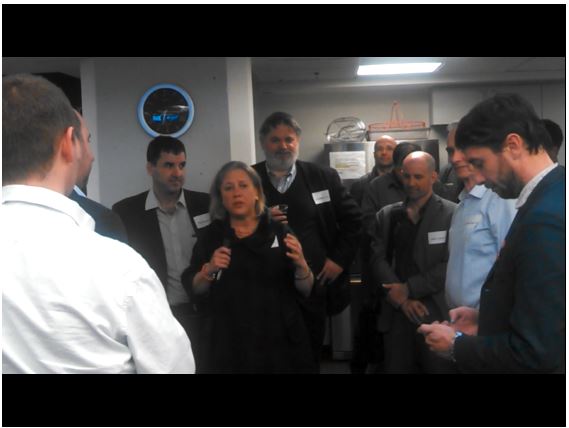Photo of US Senator Mary Landrieu at Venture Cafe, Cambridge Innovation Center, Cambridge, MA.
new cambridge observer
Writer consultant photographer Anita Harris posts photos of Fresh Pond and Fresh Pond Place, Cambridge, MA, ...
Latitude News seeks donations to produce weekly audio " Local Global Mashup Show" offering "the inside...
UK/US Life science consulting firm Alacrita launches benefit auction for lunch with pharma exec to benefit...
Cambridge writer's photos of small dog surveying roots of large upended tree at Fresh Pond Reservoir, Cambridge,...
Phillips Brooks House Association (PBHA) and Breakthrough Greater Boston (BTGB) , both based in Cambridge, ...


